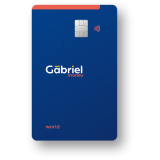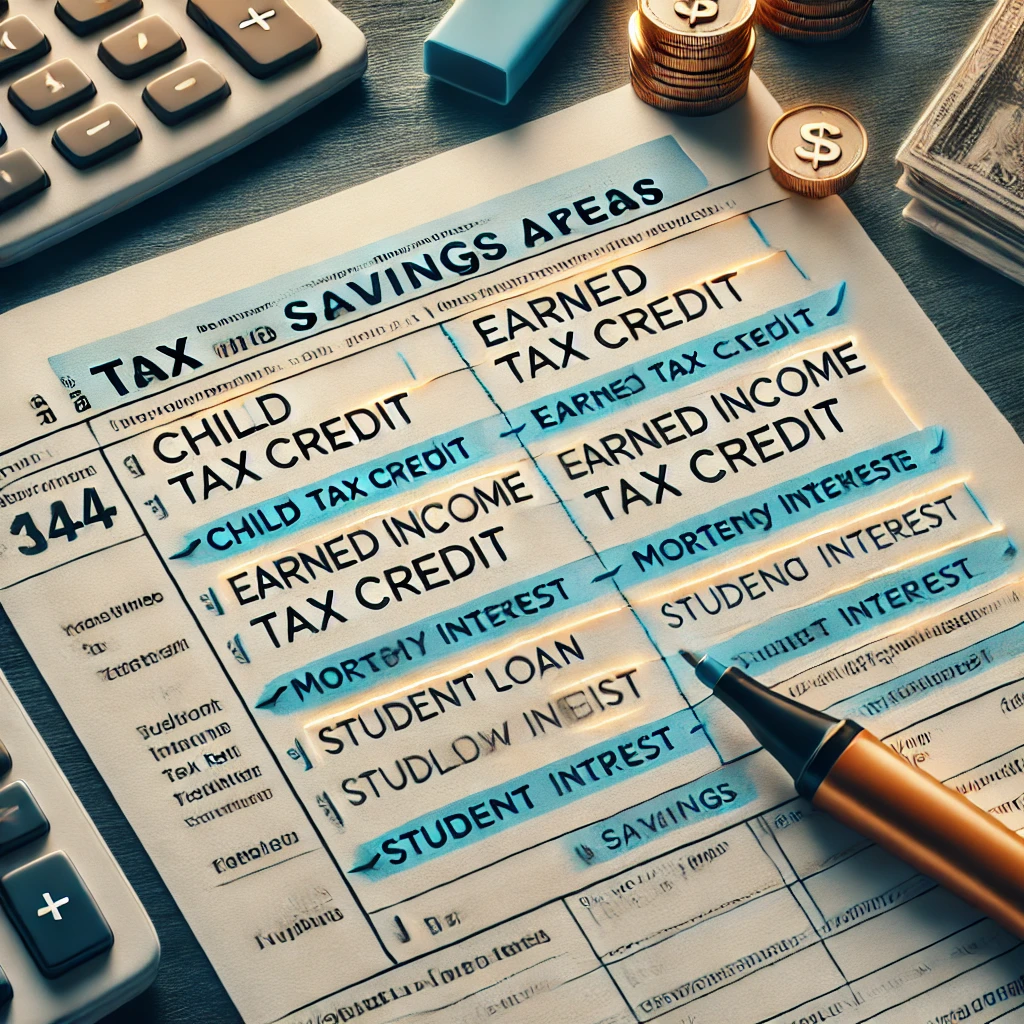
With modern tools and resources, filing your taxes can be as straightforward as clicking a few buttons. Whether you’re a first-time filer or a seasoned pro, this guide will help you navigate the process using free or affordable online platforms—without the headache of deciphering tax jargon. Let’s get started!
Step 1: Gather Your Documents
Before you begin, collect all the necessary paperwork. Here’s what you’ll likely need for 2025:
- Form W-2: Provided by your employer, it reports your annual income and taxes withheld.
- 1099 Forms: For freelance or contract work, investment income, or other sources of income.
- Receipts for Deductions: If you’re itemizing, gather receipts for things like medical expenses, charitable donations, or mortgage interest.
- Social Security Numbers: For yourself, your spouse (if filing jointly), and any dependents.
Being organized from the start will make the process much smoother!
Step 2: Choose Your Filing Method
Thanks to technology, filing your taxes has never been easier. Here are some popular options for 2025:
- IRS Free File: If your income is $73,000 or less, you can use IRS Free File, a program that partners with software providers to offer free filing services.
- Tax Software: Paid platforms like TurboTax or H&R Block provide user-friendly interfaces and step-by-step guidance. They’re great for those with more complex tax situations.
- Mobile Apps: Many tax software companies offer mobile apps for on-the-go filing. They’re a convenient option for busy individuals.
These tools are designed to be intuitive, ensuring you don’t need to be a tax expert to get everything right.
Step 3: Review, Submit, and Save
Before you hit “submit,” double-check all your information. Small errors, like a mistyped Social Security Number or forgetting a signature, can delay your refund or lead to complications.
Once everything looks good, file your return electronically. E-filing is faster and more secure than mailing paper forms, and it’s the quickest way to receive your refund—especially if you opt for direct deposit.
Finally, save a copy of your filed tax return and supporting documents. The IRS recommends keeping them for at least three years.
Practical Takeaway: Explore User-Friendly Tools
To make the tax filing process even more manageable, consider exploring digital tools and apps tailored to your needs. Modern platforms are designed with user-friendliness in mind, offering step-by-step guidance that simplifies even complex returns.
Whether you prefer a desktop version or a mobile app, these tools can help you stay organized, file accurately, and save time. Evaluate the options available to you and select one that aligns with the complexity of your financial situation and your comfort with technology. Choose the one that matches your needs based on complexity and budget.
In Conclusion
Filing taxes doesn’t have to be intimidating. By following these three steps and using the right tools, you can breeze through the process and focus on what matters most—your refund! Don’t forget, the filing deadline for 2025 is April 15th.
Stay tuned for tomorrow’s article, which will conclude our week-long dive into tax filing. And don’t miss the special wrap-up edition to recap all the essentials!
Disclaimer:
“The information provided on this website is for educational purposes only and does not constitute financial, investment, or tax advice. Please consult a qualified professional for personalized guidance.”






